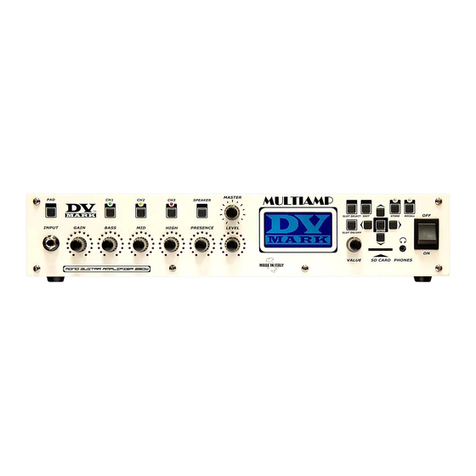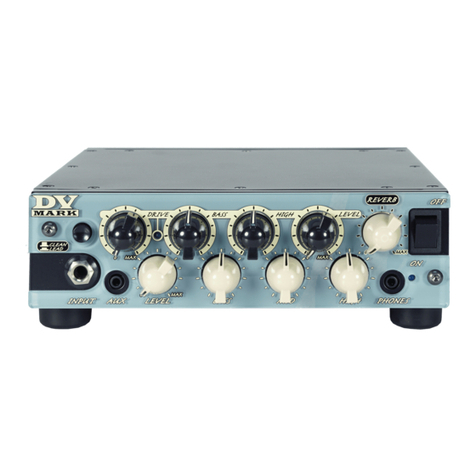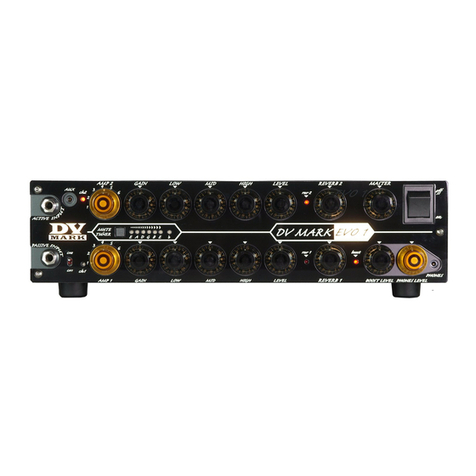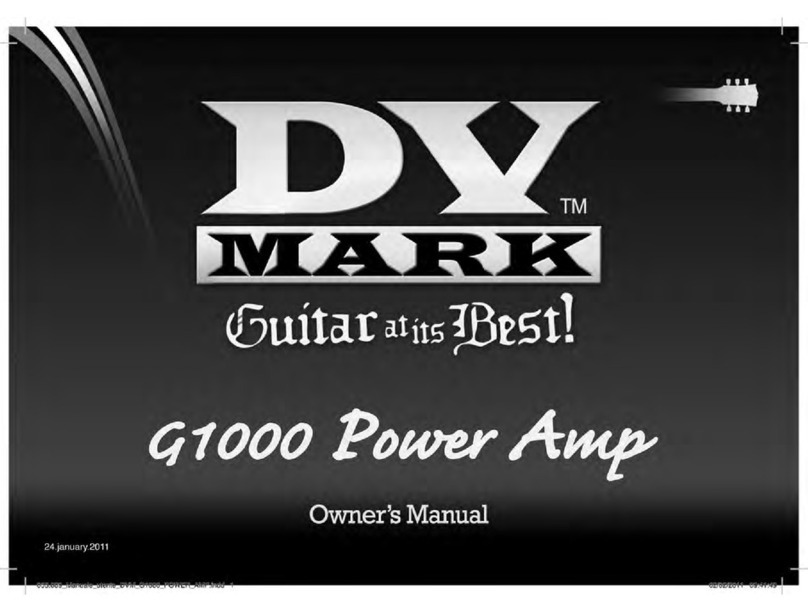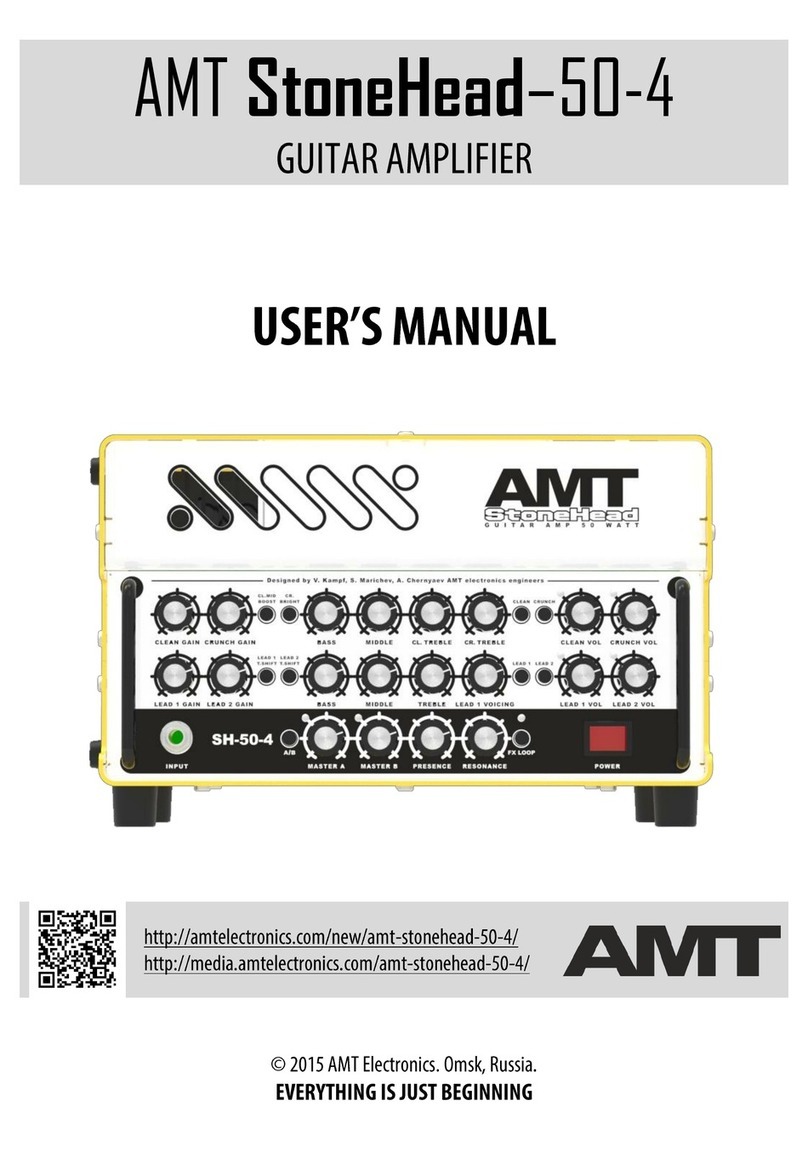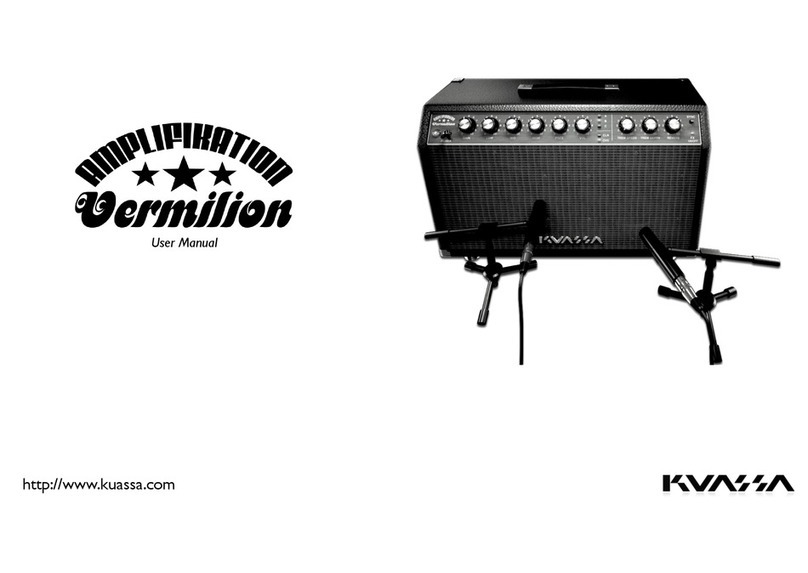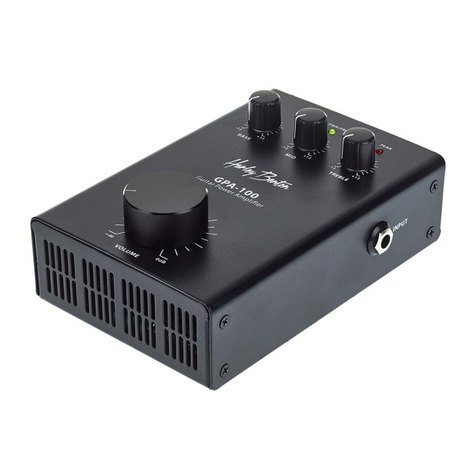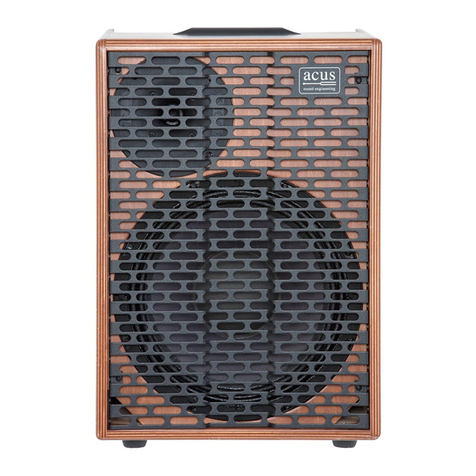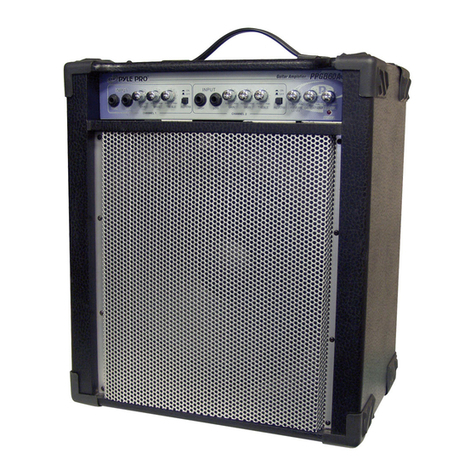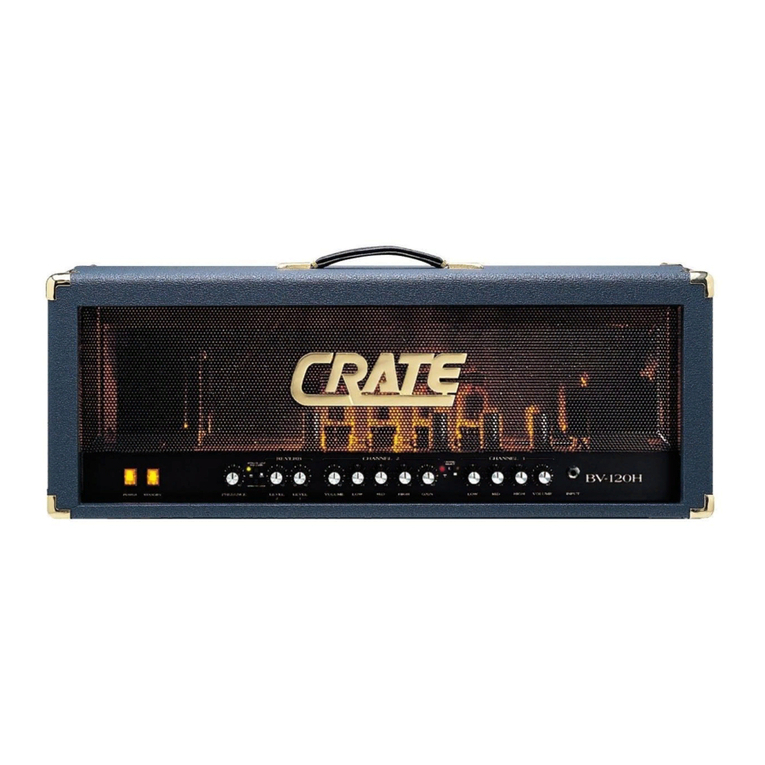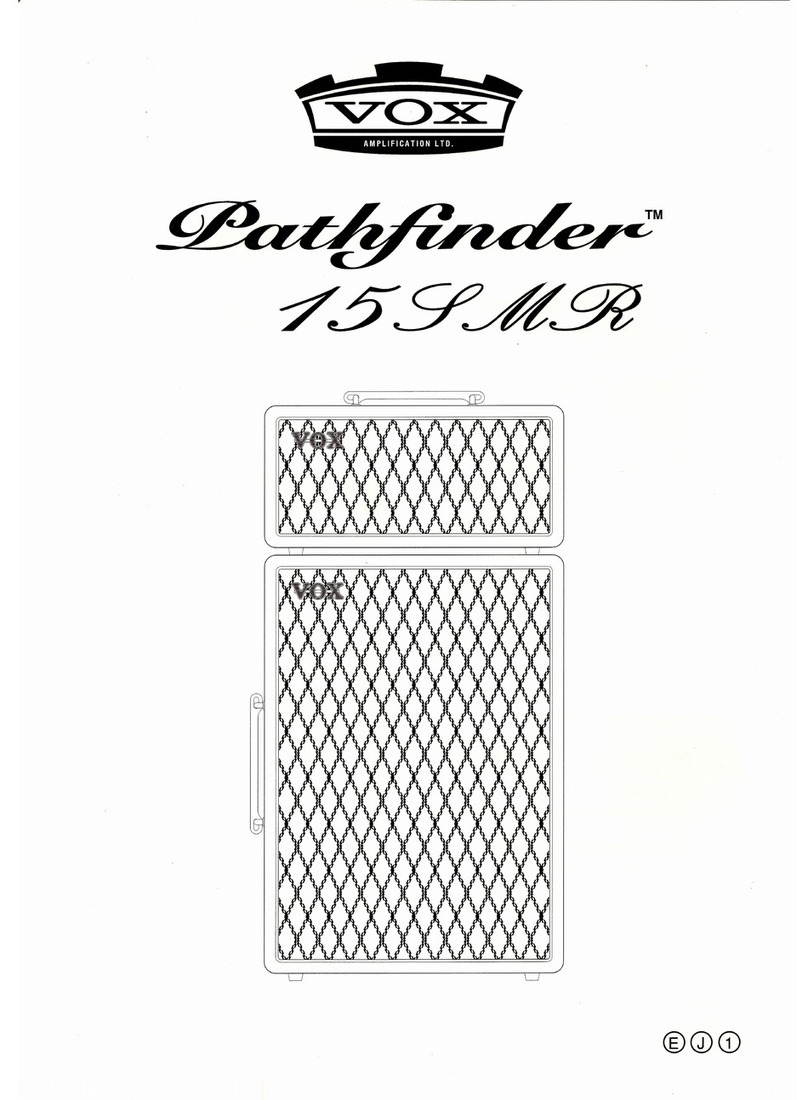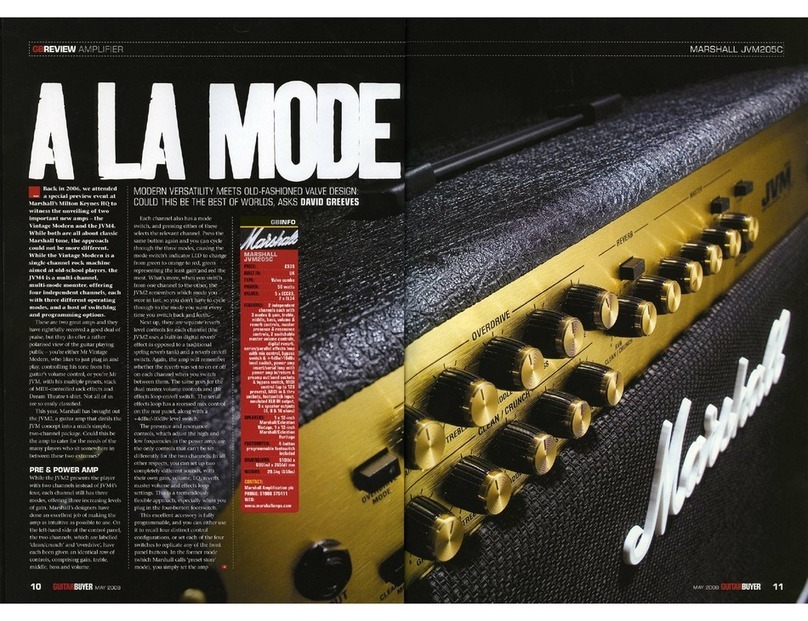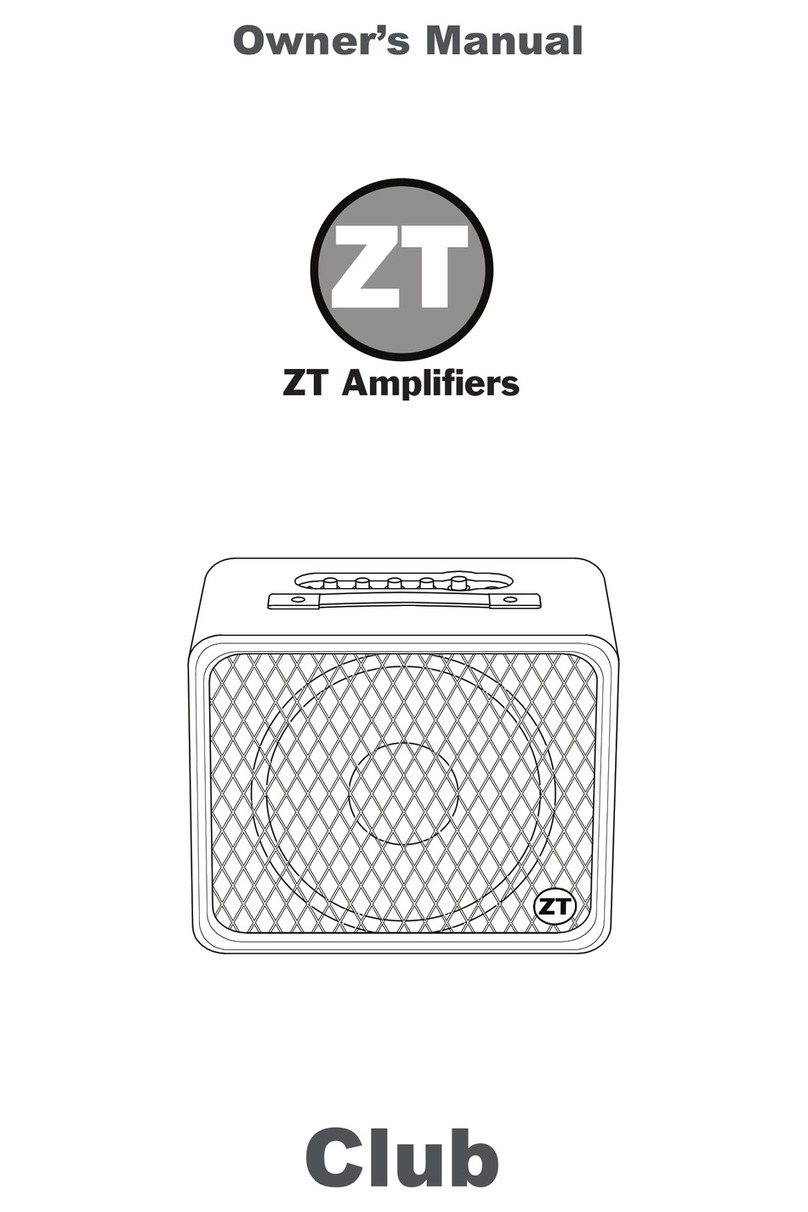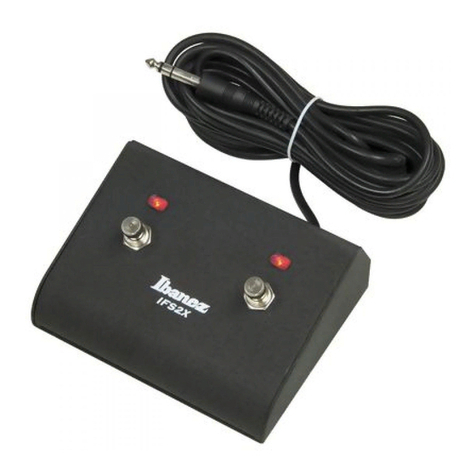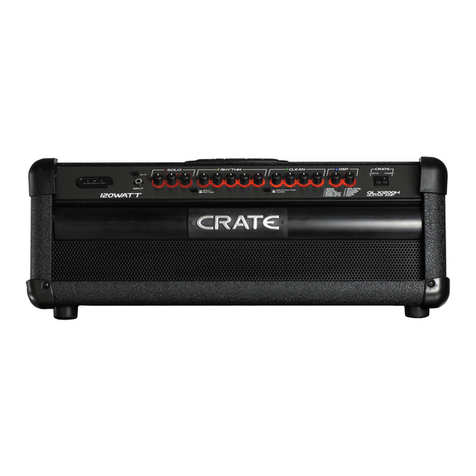
SAFETY INSTRUCTIONS
1. IMPORTANT SAFETY INSTRUCTIONS
1) Read these instructions;
2) Keep these instructions;
3) Heed all warnings;
4) Follow all instructions;
5) Do not use this apparatus near water;
6) Clean only with a dry cloth;
7) Install in accordance with the manufacturer’s instructions;
8) Do not install near any heat sources such as radiators, heat registers, stoves, or other
apparatuses (including amplifiers) that produce heat;
9) Protect the power cord from being walked on or pinched, particularly at plugs, convenience
receptacles, and the point where they exit from the apparatus;
10) Only use attachments/accessories specified by the manufacturer;
11) Unplug this apparatus during lightning storms or when unused for long periods of time;
12) Refer all servicing to qualified service personnel. Servicing is required when the apparatus
has been damaged in any way, such as when the power-supply cord or plug is damaged,
liquid has been spilled or objects have fallen into the apparatus, or when the apparatus has
been exposed to rain or moisture, does not operate normally, or has been dropped;
13) “Warning: to reduce the risk of fire or electric shock, do not expose this apparatus to rain
or moisture; and objects filled with liquids, such as vases, should not be placed on this
apparatus”;
14) The socket outlet shall be installed near the equipment and shall be easily accessible;
15) The power cord must be unplugged prior to servicing
MORE INFORMATION
For warranty and service information, please contact your local DV Mark distributor (contact information available at www.dvmark.it). For more technical information, please visit us at www.dvmark.it
and
fill out the form on the Contact Us page. We hope you enjoy your amplifier and use it to make great music!
“The Lightning Flash with arrowhead symbol within an equilateral triangle, is intended to alert the user to the presence of uninsulated “dangerous voltage” within the product enclosure that may be of
sufficient magnitude to constitute a risk of shock to persons.”
“The exclamation point within an equilateral triangle is intended to alert the user to the presence of important operating and maintenance (servicing) instructions in the literature accompanying the
product.”
1. PRÉCAUTIONS D’EMPLOI
1) Lire ces instructions;
2) Conserver ces instructions;
3) Suivre tous les conseils d’utilisations;
4) Suivre toutes les instructions;
5) Ne pas utiliser cet appareil au bord de l’eau;
6) Nettoyer uniquement avec un chiffon humide;
7) Ne pas bloquer le système de ventilation. Installer conformément aux instructions du fabricant;
8) Ne pas installer l’appareil près d’une source de chaleur tel qu’un radiateur, un fourneau, ou bien
un autre appareil qui produit de la chaleur;
9) Protéger le cordon d’alimentation afin qu’il ne soit pas piétiné ou écrasé tout particulièrement au
niveau des fiches, des prises de courant femelles, et des parties qui sortent de l’appareil;
10) Utiliser uniquement les accessoires recommendés par le fabricant;
11) Ne pas branché l’appareil en cas d’orage accompagné d’éclairs. Le débrancher en cas de non
utilisation prolongée;
12) S’adresser à un service assistance agréé si l’appareil a subi des dommages, si le cordon
d’alimentation ou la fiche a été endommagé, si un liquide a été renversé sur l’appareil ou bien si
un object est tombé dans l’appareil, si ce dernier a été exposé à la pluie ou à l’humidité, s’il ne
fonctionne pas correctement ou s’il est tombé;
13) “Avertissant: pour réduire le risque du feu ou de décharge électrique, n’exposez pas cet appareil
à la pluie ou l’humidité et les objets remplis de liquides; tels que des vases, ne devraient pas
être placés sur cet appareil”;
14) La prise de courant doit être installée près de l’appareil et doit être facilement accessible;
15) La fiche principale doit être débranchée avant toute opération d’entretien
2


